Customizable sizes Cemented Carbide Rectangular Blanks
Cat:Cemented Carbide Flats
Welcome to our Cemented Carbide Rectangular Blanks product page! Our company is proud to offer high-quality carbide blan...
See DetailsNavigating the extensive range of cemented carbide tips available can be a detailed process. A selection that does not correspond with the application can result in machining outcomes that fall short of requirements and advance to additional costs. This guide aims to simplify the selection process by offering a structured approach to help match a suitable tip to a specific material.
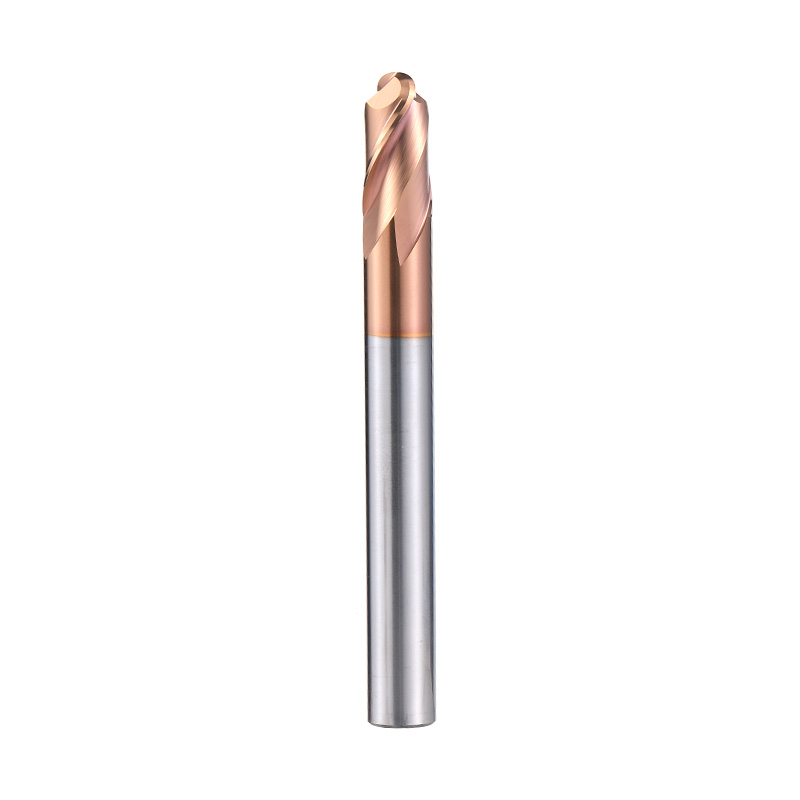
Employing a cemented carbide tip that is not aligned with the machining task can present several operational difficulties. These can include early-stage chipping of the cutting edge, a faster-than-anticipated wear rate, an unsatisfactory surface texture on the machined part, and a general decrease in machining efficiency. Each of these issues contributes to more frequent interruptions in production and elevated operating expenses. Acknowledging that a correct selection forms the basis of capable machining is a crucial one step toward process improvement. It is a crucial element in managing long-term costs and ensuring consistent product quality.
The grade of a cemented carbide tip denotes its specific material composition and coating, which establish its core characteristics.
The ISO Application Classification
A functional starting point is the ISO classification system. This system categorizes grades according to the groups of materials they are intended to machine. Typically, one category is designated for steel, a separate one for stainless steel, and another for cast iron. This offers a general preliminary filter for choosing a grade, assisting in refining options before considering more detailed aspects.
The performance of any given grade is influenced by the relationship between three principal properties: wear resistance, toughness, and high-temperature hardness. Wear resistance governs the duration the cutting edge will endure against abrasive action. Toughness defines its resistance to chipping and breaking under mechanical shock. High-temperature hardness guarantees the tip maintains its cutting capability under the thermal conditions generated during machining. It is not feasible for a grade to possess a high level of all three properties simultaneously; a grade exhibiting high wear resistance might display lower toughness, and the opposite is also common. Grasping this balance is necessary for aligning the grade with the application's demands.
Coatings are layered onto carbide substrates to improve their performance. A coating can offer a hard, heat-resistant surface that diminishes wear and assists in moving heat away from the cutting edge. Frequently used coating materials encompass titanium nitride (TiN), titanium aluminum nitride (TiAlN), and aluminum chromium nitride (AlCrN), each providing distinct benefits for different machining environments. An appropriate coating can increase the service life of a tip and enhance its performance in particular situations, such as high-velocity cutting or working with abrasive materials.
The geometry, which includes the shape of the tip and its integrated chipbreaker design, is engineered to manage the cutting action and the formation of chips.
The main function of the chipbreaker geometry is to coil the chip into a tight spiral and fracture it into smaller, handleable segments. This promotes safe removal of the chip, stops long, continuous chips from entangling with the operation, and can aid in achieving a better surface finish by reducing the accumulation of material on the cutting edge.
For finishing operations, which demand smooth surface textures and shallow cuts, a geometry with a sharp, positive-rake angle frequently yields good results. This configuration cleanly shears the material with reduced cutting pressure, limiting workpiece movement and producing a uniform surface. For roughing operations that involve deep cuts and the elimination of substantial material volumes, a sturdy, negative-rake geometry is often more appropriate. This design supplies a durable cutting edge that can tolerate greater cutting pressures and mechanical shock without chipping. Furthermore, numerous geometries are developed to provide a middle-ground, offering an adaptable option for a variety of applications that include both intermediate roughing and finishing duties.
A systematic approach can aid in navigating the options for grade and geometry.
The primary step is to identify the material to be machined. Using the ISO classification as a guide, one can narrow the grade selection to the category corresponding to the material group, such as steel, stainless steel, or cast iron.
Next, consider the nature of the machining operation. Is it a finishing pass, a roughing operation, or something in between? This will guide the geometry selection toward positive, negative, or neutral rake styles. Concurrently, assess the machining environment. Stable conditions with consistent cuts may allow a focus on wear-resistant grades. Situations involving interruptions in the cut, variable loads, or less rigid setups will necessitate a grade with a greater emphasis on toughness.
The final choice involves a synthesis of these factors. A finishing operation on a common steel in a stable setup might pair a wear-resistant grade from the steel category with a sharp, positive geometry. A roughing operation on a stainless steel casting with intermittent cuts would likely require a tougher grade from the stainless steel category, coupled with a robust, negative-rake geometry for edge security. It is important to remember that this process is iterative; initial results may suggest fine-tuning the selection for subsequent operations.
Selecting a cemented carbide tip is a deliberate process centered on understanding the intrinsic properties of the tool and the external demands of the application. By methodically evaluating the workpiece material, the machining operation, and the specific conditions, one can make an informed decision regarding the grade and geometry. This structured approach supports the goal of achieving capable machining performance, consistent part quality, and managed operational costs. The investment in the selection process is justified by the gains in process reliability and tooling expenditure control.
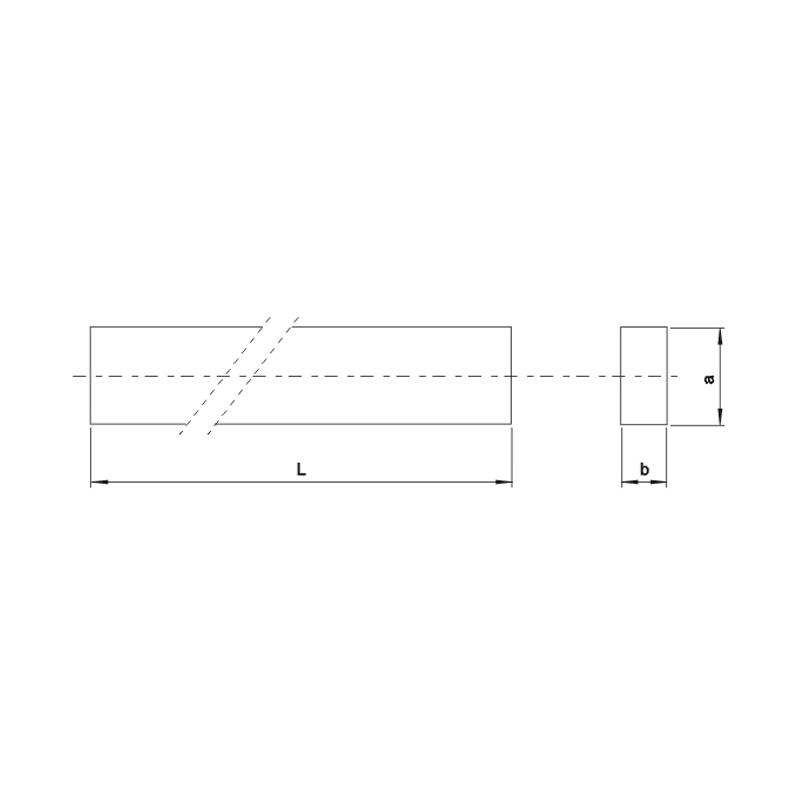
Welcome to our Cemented Carbide Rectangular Blanks product page! Our company is proud to offer high-quality carbide blan...
See Details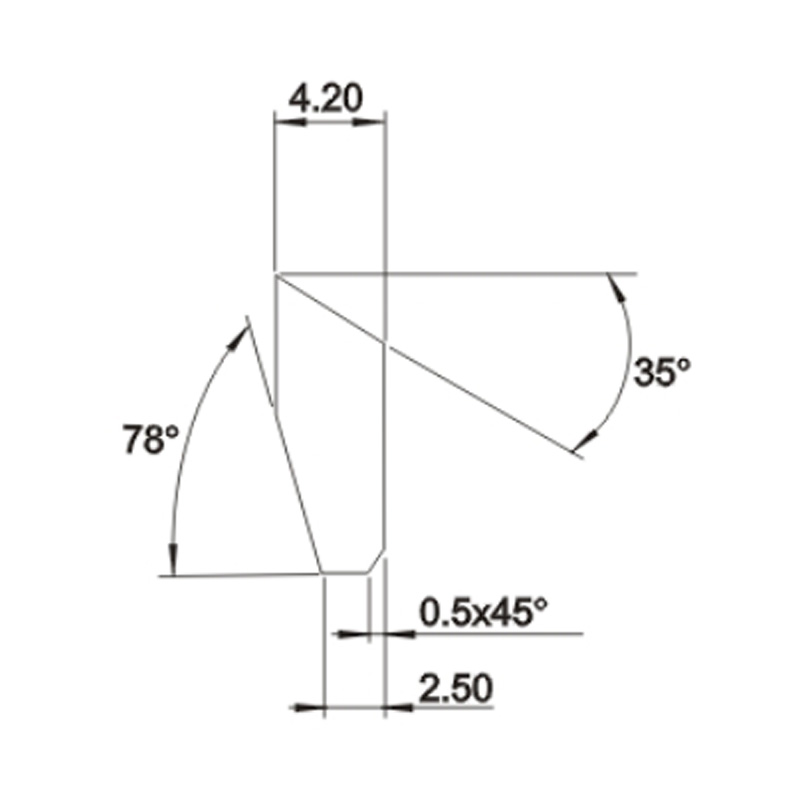
Welcome to our MKWPRL Series Saw Blades product page! Our company is proud to offer a range of high-quality saw blades d...
See Details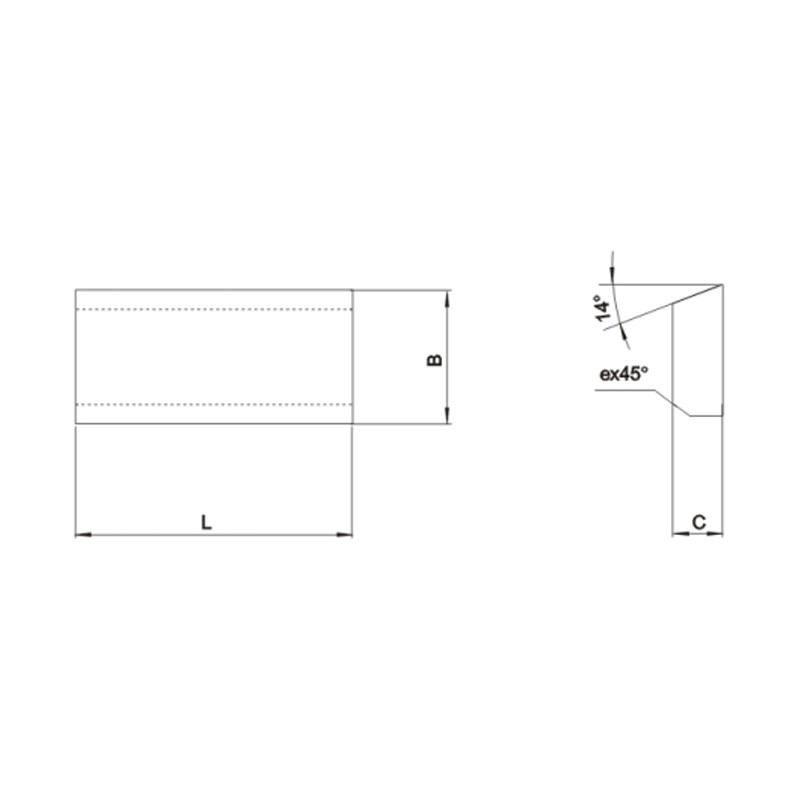
Welcome to our product page featuring the versatile A1 Type for cylindrical turning tool, boring cutter, and facing tool...
See Details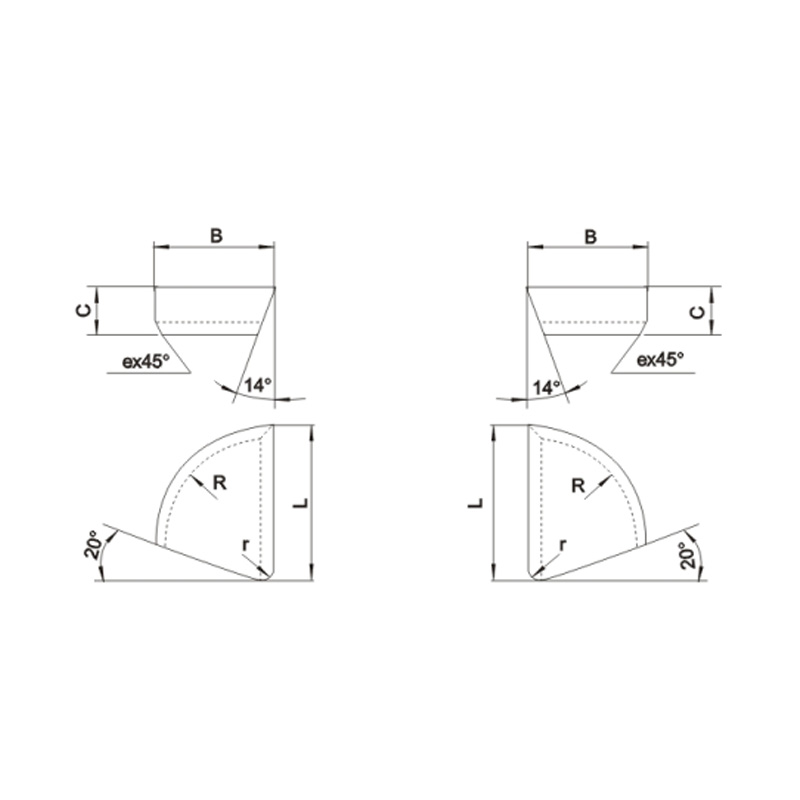
Welcome to our product page featuring the A2 Type for boring cutter and facing tool. Designed specifically for the manuf...
See Details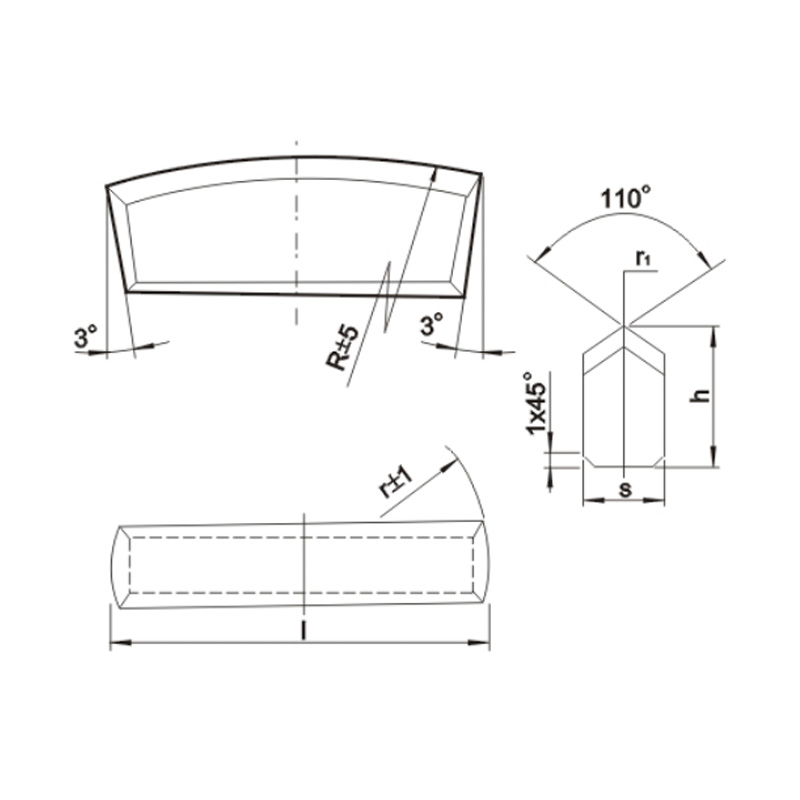
At our grinding tool supply company, we take pride in offering top-of-the-line products tailored to meet the demanding n...
See Details
Contact Us